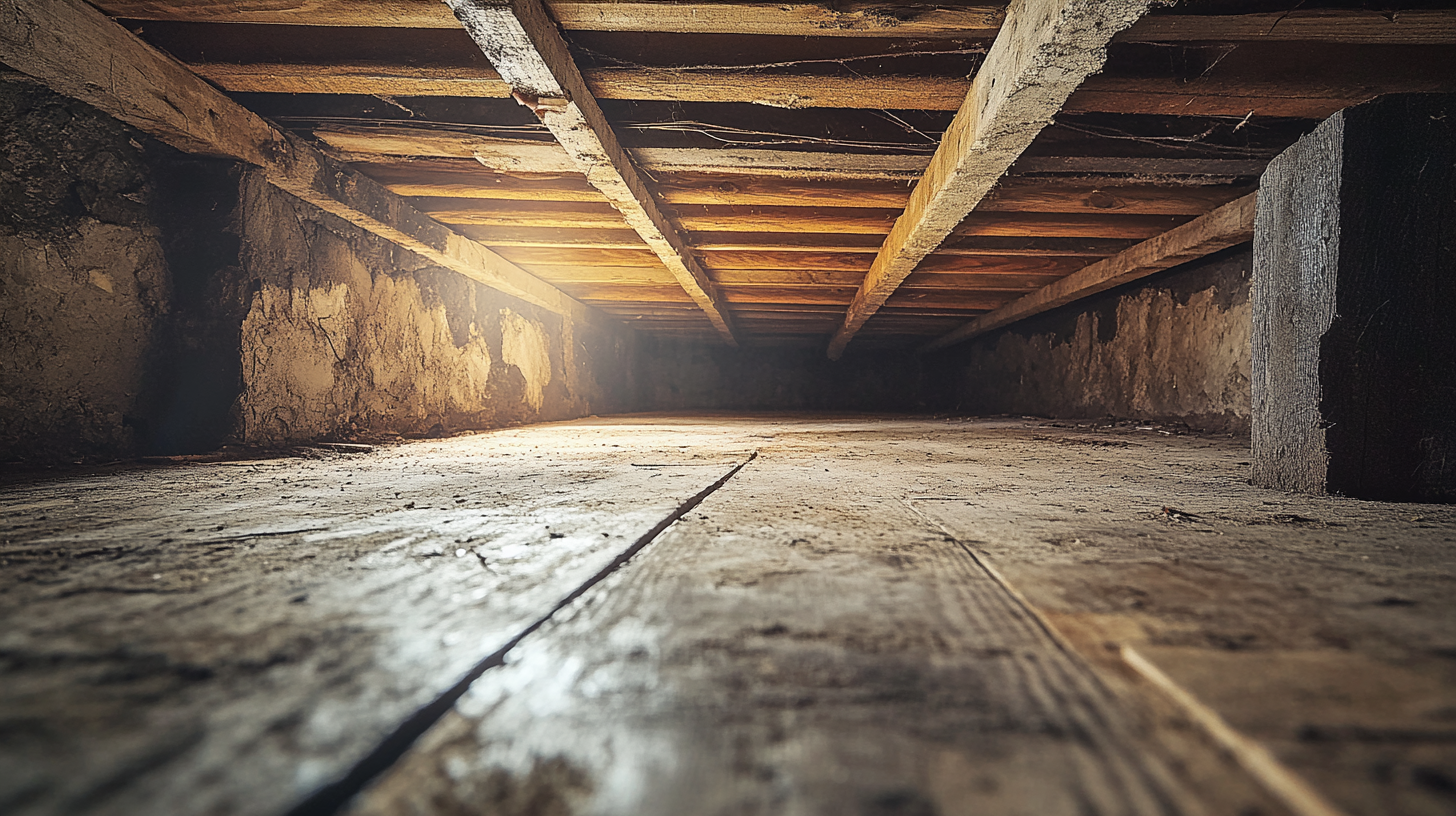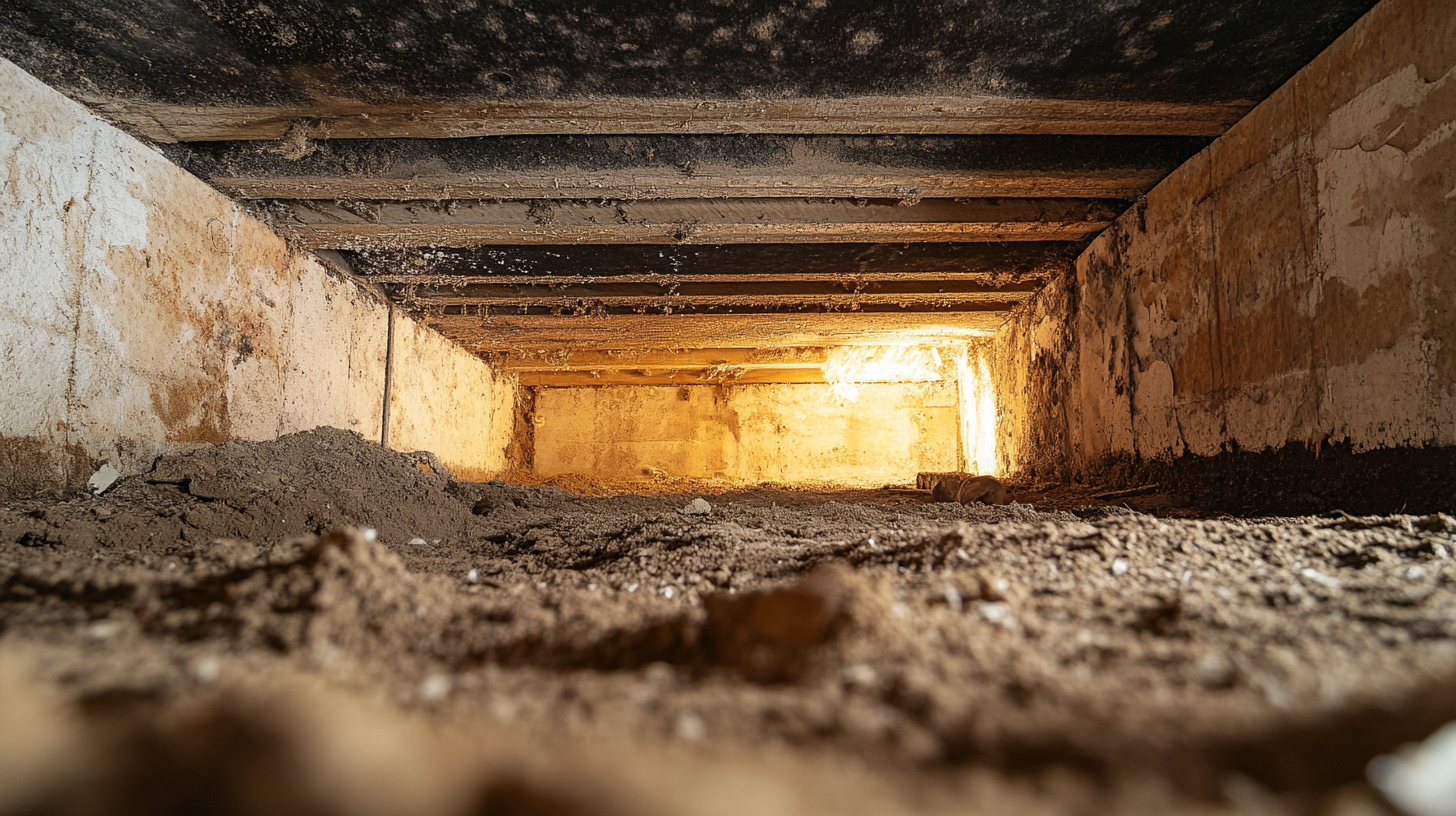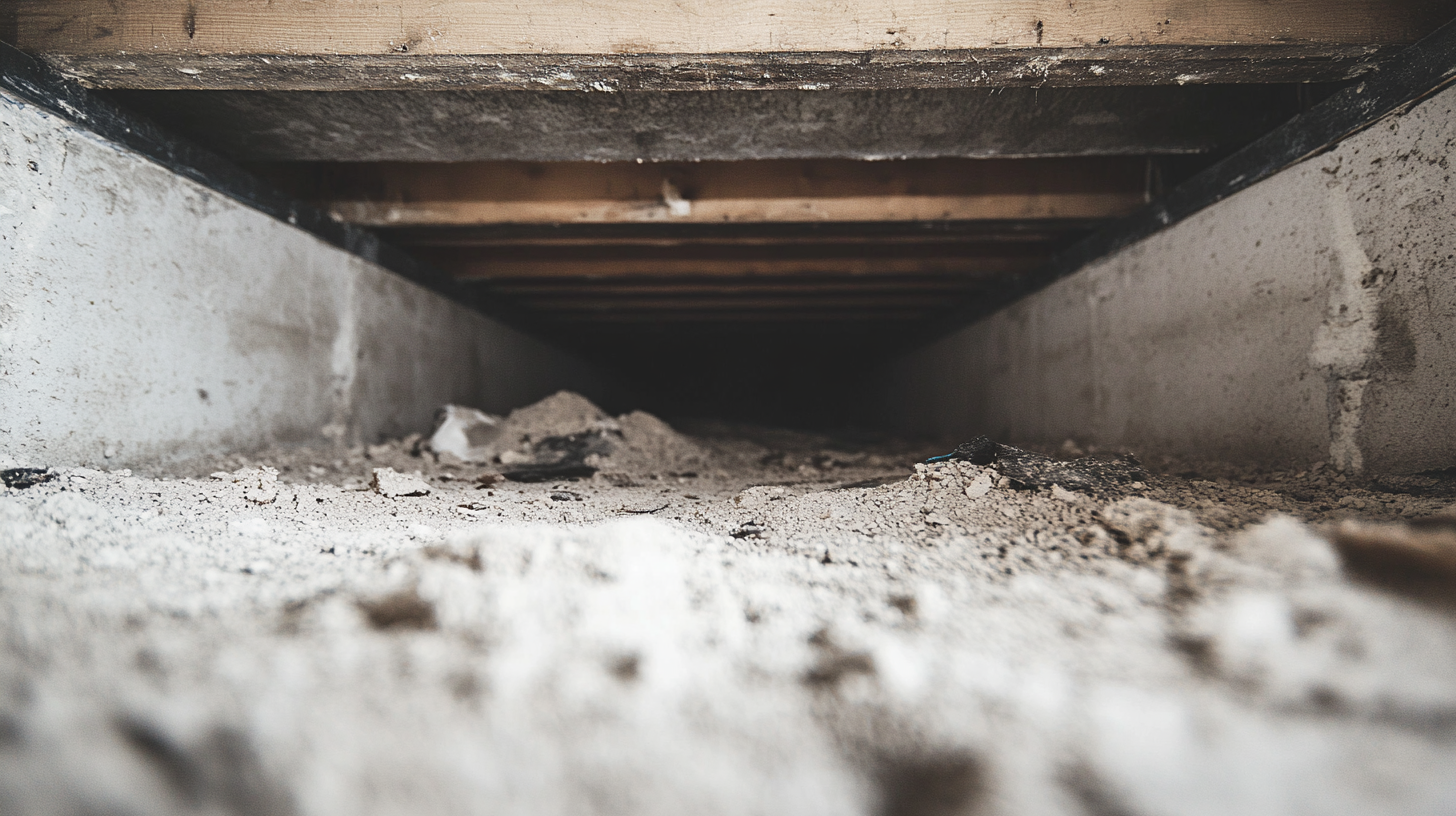Safe Use of Restoration Equipment and Tools

In restoration projects, the safe use of equipment and tools is paramount to ensuring the safety of workers and the success of the project. Restoration work often involves the use of heavy machinery, power tools, and specialized equipment to repair and rebuild damaged structures. While these tools are essential for completing tasks efficiently, they also pose significant risks if not used properly. Injuries from improper tool use, equipment malfunctions, or lack of maintenance can lead to severe consequences, including project delays, increased costs, and, most importantly, harm to workers.
Adhering to safety protocols when using equipment and tools is crucial for minimizing these risks. This includes following manufacturer guidelines for tool operation, performing regular maintenance to keep equipment in optimal condition, and ensuring that all workers are properly trained in the safe use of the tools they handle. Moreover, selecting the right tool for the job is vital; using the wrong equipment can lead to inefficiencies, mistakes, and accidents.
Safe equipment and tool use also contribute to the overall efficiency and quality of the restoration project. When tools are well-maintained and used correctly, tasks can be completed more quickly and accurately, reducing the likelihood of rework or further damage. Additionally, a focus on safety fosters a culture of responsibility and care on the worksite, where workers are more likely to look out for their own safety and that of their colleagues.
In summary, the importance of safe equipment and tool use in restoration projects cannot be overstated. By prioritizing safety, teams can protect their workers, maintain project timelines, and ensure the successful completion of restoration efforts.
Initial Assessment and Planning
Site Inspection
A thorough site inspection is a critical first step in ensuring the safe use of tools and equipment in restoration projects. This process involves a detailed examination of the worksite to identify any potential hazards that could compromise the safety of workers and the integrity of the project.
Conduct Thorough Inspections to Identify Potential Hazards:
During the site inspection, it is essential to carefully evaluate all areas of the worksite for potential hazards that could arise during the use of tools and equipment. This includes identifying environmental factors such as uneven surfaces, poor lighting, or confined spaces that could increase the risk of accidents. Additionally, the inspection should consider the specific tasks to be performed and the equipment that will be used, ensuring that any potential safety concerns are identified and addressed before work begins. By conducting a comprehensive inspection, teams can proactively address hazards, reducing the risk of incidents and ensuring a safer work environment.
Assess the Condition of Tools and Equipment to Be Used:
In addition to assessing the worksite, it is crucial to evaluate the condition of all tools and equipment that will be used during the project. This involves checking for any signs of wear and tear, damage, or malfunction that could compromise the safety and effectiveness of the equipment. Regular maintenance and inspections should be conducted to ensure that tools are in good working order and meet safety standards. Any faulty or damaged equipment should be repaired or replaced before it is used. By ensuring that all tools and equipment are in optimal condition, teams can prevent accidents and improve the efficiency of the restoration work.
Risk Assessment
Following the site inspection, a comprehensive risk assessment is necessary to evaluate the potential hazards associated with the use of tools and equipment. This assessment helps prioritize risks and informs the development of safety measures to mitigate them.
Evaluate the Severity and Likelihood of Equipment-Related Hazards:
The risk assessment process involves analyzing both the severity and likelihood of equipment related hazards. Severity refers to the potential impact of an accident involving tools or equipment, such as injuries to workers, damage to the property, or delays in the project. Likelihood assesses the probability of these hazards occurring, based on factors such as the condition of the equipment, the skill level of the workers, and the work environment. By evaluating these two factors, teams can identify which equipment related risks pose the greatest threat to safety and project outcomes, allowing for the development of targeted mitigation strategies.
Prioritize Risks Based on Their Potential Impact on Safety and Project Outcomes:
Once the risks have been evaluated, it is essential to prioritize them based on their potential impact. High priority risks are those that have both a high likelihood and severity, such as the use of damaged tools or the operation of heavy machinery in unstable conditions. These risks should be addressed first, with appropriate safety measures put in place to prevent accidents. Lower-priority risks, while still important, can be managed with ongoing monitoring and less immediate intervention. By prioritizing risks in this way, restoration teams can focus their resources and efforts on the most critical areas, ensuring that safety is maintained throughout the project.
By conducting thorough site inspections and comprehensive risk assessments, restoration teams can effectively plan for the safe use of tools and equipment. This proactive approach to safety ensures that potential hazards are identified and managed before they result in harm, contributing to a safer and more efficient work environment.
Personal Protective Equipment (PPE)
Essential PPE
Personal Protective Equipment (PPE) is a cornerstone of safety in restoration projects, where workers are frequently exposed to various hazards. The proper selection and use of PPE significantly reduce the risk of injuries, ensuring that workers are protected while performing their tasks.
Head Protection:
Hard Hats for Protection Against Falling Objects: In restoration work, there is always a risk of falling objects, especially in environments where demolition, construction, or repairs are taking place. Hard hats are essential for protecting workers from head injuries caused by debris, tools, or materials that may fall from heights. These helmets are designed to absorb impact and shield the head, reducing the severity of injuries in the event of an accident. It is crucial that all workers on-site wear hard hats in areas where overhead work is being conducted or where falling objects are a potential hazard.
Eye Protection:
Safety Goggles or Face Shields: Eye protection is vital in environments where workers are exposed to flying particles, chemical splashes, or other hazardous materials. Safety goggles or face shields provide a barrier that protects the eyes from these dangers. Goggles are particularly useful in tasks involving cutting, grinding, or handling chemicals, where debris or liquids could easily cause eye injuries. Face shields offer additional protection, covering the entire face and preventing injuries from larger particles or splashes. Ensuring that workers consistently wear eye protection when necessary is a key aspect of maintaining safety on the job site.
Hand Protection:
Appropriate Gloves for Handling Tools: Hands are often the first point of contact with tools, materials, and hazardous substances, making hand protection a critical component of PPE. The type of gloves worn should be appropriate for the specific tasks being performed. For example, cut resistant gloves are ideal for handling sharp tools or materials, while chemical resistant gloves are necessary when working with hazardous substances. Properly fitting gloves protect against cuts, abrasions, burns, and chemical exposure, allowing workers to handle materials safely and confidently.
Foot Protection:
Safety Boots with Steel Toes: Foot protection is essential in restoration projects, where workers are often required to navigate uneven terrain, carry heavy materials, and work in environments where sharp objects may be present on the ground. Safety boots with steel toes provide robust protection against foot injuries caused by heavy objects, punctures, and slips. These boots also offer additional support and stability, helping to prevent common workplace injuries such as sprains or strains. Ensuring that all workers wear appropriate safety boots is crucial for preventing foot injuries and maintaining overall site safety.
Usage and Maintenance
The effectiveness of PPE depends not only on its selection but also on its proper usage and maintenance. Regular training and inspections are essential to ensure that PPE continues to provide the necessary protection.
Ensure Proper Fitting and Regular Inspection of PPE:
For PPE to be effective, it must fit the wearer properly. Ill-fitting PPE can reduce its protective capabilities and may even pose additional risks. Workers should be provided with PPE that is correctly sized and adjusted to fit securely and comfortably. In addition, regular inspections of PPE are necessary to check for signs of wear and tear, damage, or contamination. Any PPE that is damaged or no longer fits correctly should be repaired or replaced immediately. Routine inspections help ensure that PPE remains in good condition and continues to offer the protection it is designed to provide.
Train Workers on Correct Usage and Maintenance of PPE:
Proper training is crucial to ensuring that workers use PPE correctly and understand its importance. Workers should be trained on how to don and doff PPE properly, how to inspect it before use, and how to maintain it to extend its lifespan. This training should include information on the specific hazards that PPE is designed to protect against, reinforcing the importance of wearing it consistently and correctly. Additionally, workers should be taught how to clean and store PPE to prevent damage and ensure it is ready for use when needed. Regular refresher courses can help reinforce these practices and keep safety top of mind.
By ensuring that workers are equipped with the appropriate PPE and are trained in its correct usage and maintenance, restoration teams can significantly reduce the risk of injuries on the job site. Proper PPE practices are essential for creating a safe working environment and protecting the health and well-being of all workers involved in the project.
Safe Handling and Operation of Tools
Hand Tools
The safe handling of hand tools is a fundamental aspect of ensuring worker safety in restoration projects. Hand tools, while seemingly simple, can cause significant injuries if not used properly. Therefore, implementing best practices for their inspection and use is essential.
Inspect Tools for Damage Before Use:
Before using any hand tool, it is crucial to inspect it thoroughly for signs of damage or wear. This includes checking for cracks, chips, or other structural issues that could compromise the tool's integrity. Handles should be secure, with no splinters or cracks, and any moving parts should function smoothly without excessive play. Tools with cutting edges, such as chisels or knives, should be sharpened properly to reduce the risk of slippage. Using damaged tools can lead to accidents, so any tool that fails inspection should be repaired or replaced immediately. Regular inspections help prevent injuries and ensure that tools are safe and effective.
Use the Right Tool for the Job to Avoid Misuse and Injury:
One of the most common causes of injury with hand tools is using the wrong tool for a task. Each tool is designed for a specific purpose, and using it outside of its intended function can lead to accidents. For example, using a screwdriver as a chisel can result in the blade snapping or slipping, potentially causing serious injury. Workers should be trained to select the appropriate tool for each job and to understand the risks associated with tool misuse. By using the right tool for the task at hand, workers can reduce the likelihood of accidents and ensure that the work is completed efficiently and safely.
Power Tools
Power tools, while indispensable in restoration projects, pose additional risks due to their mechanical and electrical components. Proper operation and maintenance of power tools are critical to ensuring the safety of workers and the success of the project.
Follow Manufacturer Guidelines for Operation and Maintenance:
Each power tool comes with specific manufacturer guidelines for its safe operation and maintenance. It is essential that workers familiarize themselves with these instructions before using the tool. This includes understanding how to operate the tool correctly, what safety features are in place, and how to maintain the tool to ensure its longevity and safety. For example, knowing the correct procedures for changing blades or bits, adjusting settings, and performing routine maintenance tasks can prevent accidents and extend the life of the tool. Workers should also be aware of any specific safety warnings or precautions provided by the manufacturer. Adhering to these guidelines helps prevent misuse and reduces the risk of injury.
Ensure Tools Are Properly Grounded and Inspect Electrical Cords for Damage:
Electrical safety is a major concern when using power tools. To prevent electrical shocks and fires, it is vital to ensure that all tools are properly grounded. Tools that are double insulated or equipped with a three pronged plug provide added protection. Before using any power tool, workers should inspect the electrical cords for signs of wear, such as fraying, cracking, or exposed wires. Damaged cords should never be used and must be replaced immediately. Additionally, tools should be plugged into outlets with ground fault circuit interrupters (GFCIs) when working in wet or damp environments to further protect against electrical hazards. By ensuring that power tools are properly grounded and that electrical components are in good condition, workers can significantly reduce the risk of electrical accidents.
By implementing best practices for the safe handling and operation of both hand and power tools, restoration teams can create a safer work environment and minimize the risk of injuries. Proper tool use and maintenance are essential components of any safety program, ensuring that workers are protected and that projects are completed efficiently and without incident.
Equipment Safety Protocols
Heavy Machinery
Heavy machinery is a critical component of many restoration projects, but it also presents significant risks if not handled correctly. Ensuring the safety of operators and other workers on-site requires strict adherence to safety protocols, including proper training and regular equipment maintenance.
Ensure Operators Are Trained and Certified:
Operating heavy machinery requires specialized skills and knowledge. It is crucial that only trained and certified operators are allowed to handle such equipment. Certification ensures that operators have undergone rigorous training, covering the safe operation of the machinery, understanding its limitations, and recognizing potential hazards. This training should also include practical experience under the supervision of a qualified instructor. By ensuring that operators are fully trained and certified, restoration teams can minimize the risk of accidents and ensure that machinery is used efficiently and safely.
Conduct Regular Maintenance and Inspections to Ensure Safety:
Regular maintenance and inspections are essential for keeping heavy machinery in safe working condition. Scheduled maintenance should include checking all mechanical components, such as engines, hydraulics, and brakes, to ensure they are functioning properly. Inspections should also focus on identifying any signs of wear, damage, or potential failure. Any issues found during inspections should be addressed immediately to prevent malfunctions that could lead to accidents. Additionally, maintenance records should be kept up to date, documenting all inspections, repairs, and maintenance activities. This proactive approach to equipment maintenance helps prevent breakdowns and ensures the safety of operators and workers around the machinery.
Scaffolding and Ladders
Scaffolding and ladders are commonly used in restoration projects to provide access to elevated areas. However, improper setup or use can lead to serious falls and injuries. Implementing strict safety protocols for these tools is essential to prevent accidents.
Inspect Scaffolding and Ladders Before Use:
Before any scaffolding or ladder is used, it must be thoroughly inspected to ensure it is in safe working condition. This inspection should check for any signs of damage, such as cracks, bends, or loose components, that could compromise the integrity of the structure. For scaffolding, this includes ensuring that all braces, bolts, and planks are secure and that the structure is stable on the ground. For ladders, ensure that the rungs are intact, the locking mechanisms are functional, and the ladder is free from any debris or slippery substances. If any defects are found, the equipment should be repaired or replaced before use. Regular inspections help to identify potential hazards and ensure that the equipment remains safe throughout the project.
Follow Proper Setup and Use Procedures to Prevent Falls:
The proper setup and use of scaffolding and ladders are critical to preventing falls, which are a leading cause of injury in construction and restoration work. Scaffolding should be erected on a stable, level surface, with all components securely fastened according to the manufacturer’s guidelines. Guardrails, toe boards, and other safety features should be installed to provide additional protection against falls. Ladders should be placed on a firm, non-slip surface and positioned at the correct angle typically a 4:1 ratio of height to distance from the base. Workers should always maintain three points of contact when using ladders and avoid overreaching, which can cause instability. Additionally, scaffolding and ladders should never be overloaded, and only one person should be on a ladder at a time unless it is specifically designed for multiple users. By following these setup and use procedures, workers can significantly reduce the risk of falls and ensure a safer working environment.
By adhering to strict equipment safety protocols for heavy machinery, scaffolding, and ladders, restoration teams can create a safer work environment and minimize the risk of accidents. Proper training, regular maintenance, and careful inspections are essential components of these safety protocols, ensuring that all equipment is used safely and effectively throughout the project.
Training and Education
Equipment-Specific Training
In restoration projects, the safe operation of tools and equipment is paramount to preventing accidents and ensuring the success of the project. Implementing regular, equipment-specific training sessions is essential for equipping workers with the knowledge and skills they need to use equipment safely and effectively.
Implement Regular Training Sessions on the Safe Use of Specific Tools and Equipment:
Regular training sessions should be a cornerstone of any restoration project’s safety program. These sessions should focus on the safe operation of the specific tools and equipment used on site, tailored to the needs of the workers and the complexities of the project. Training should cover all aspects of equipment use, from basic operation to handling advanced machinery. These sessions should be practical, with hands on demonstrations that allow workers to practice using the equipment under the supervision of experienced trainers. By making equipment-specific training a regular part of the work schedule, project managers can ensure that all workers are up to date with the latest safety practices and are confident in their ability to operate tools and equipment safely.
Cover Topics Such as Operation, Maintenance, and Emergency Procedures:
Comprehensive training should include detailed instruction on the operation, maintenance, and emergency procedures related to each piece of equipment. Operation training should cover the correct usage techniques, including starting, operating, and shutting down equipment safely. Maintenance training should focus on routine checks, cleaning, and minor repairs that workers can perform to keep equipment in good working condition. Emergency procedures are equally important; workers should be trained on how to respond to equipment malfunctions, such as what to do in the event of a mechanical failure or electrical issue. Knowing how to quickly and safely respond to emergencies can prevent minor problems from escalating into serious accidents. Including these topics in training ensures that workers are fully prepared to handle both routine operations and unexpected situations.
Continuous Learning
Safety in restoration projects is not a one time achievement but an ongoing process that requires continuous learning and adaptation. Providing updates on new safety regulations and best practices, and encouraging a culture of ongoing learning, helps maintain a high standard of safety throughout the project.
Provide Updates on New Safety Regulations and Best Practices:
The landscape of safety regulations and best practices is constantly evolving, with new guidelines introduced regularly to address emerging risks and improve overall safety standards. It is crucial for restoration teams to stay informed about these changes. Providing regular updates on new safety regulations ensures that all workers are aware of their responsibilities and the latest safety requirements. This could be achieved through scheduled briefings, distribution of updated safety manuals, or online training modules that workers can complete at their convenience. Additionally, sharing industry best practices helps workers learn from the experiences of others, adopting strategies that have been proven to enhance safety in similar projects. Keeping workers informed about the latest developments in safety ensures that the entire team is aligned with current standards and prepared to implement best practices on the job.
Encourage Ongoing Learning and Safety Awareness:
Promoting a culture of continuous learning and safety awareness is key to maintaining a safe work environment. Encouraging workers to engage in ongoing education, whether through formal courses, workshops, or informal peer learning, helps them stay sharp and aware of potential risks. Safety awareness campaigns, such as posters, reminders, and safety talks, can reinforce important safety messages and keep safety top of mind. Additionally, creating opportunities for workers to share their own experiences and insights can foster a collaborative approach to safety, where everyone feels responsible for not only their own safety but also the safety of their colleagues. By encouraging ongoing learning and safety awareness, restoration teams can build a proactive safety culture that continuously seeks to improve and adapt to new challenges.
By implementing regular, equipment-specific training and fostering a culture of continuous learning, restoration teams can significantly enhance their safety practices. This commitment to training and education ensures that workers are not only skilled in the use of their tools and equipment but also remain vigilant and informed about the latest safety standards and best practices.
FAQs
Contact Fast Response Cleaning & Restoration Today!
Fast Response Cleaning & Restoration will do everything we can to ensure your experience with us is excellent.
Request A FREE Estimate
Request A FREE Estimate Form
CHECKOUT RECENT POST



Have an Emergency? We're Here to Help!
When it comes to disaster cleanup, we are a seasoned veteran in the industry and have helped hundreds of property owners just like you.
Our disaster recovery teams are available 24-7 to quickly clean up and repair disasters of all types.
